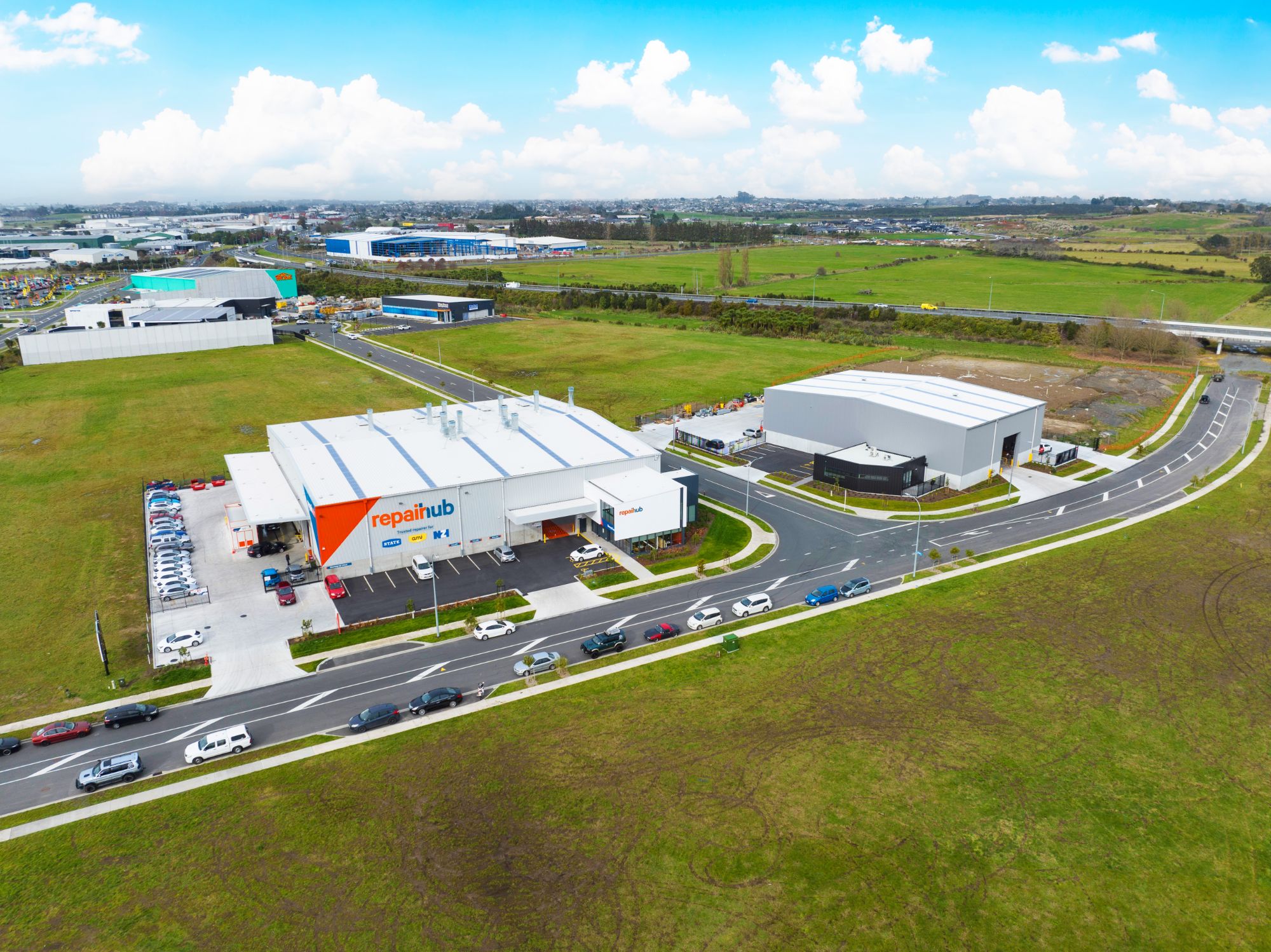There is something which always happens when economies go into recession and prices fall in asset markets – people forget what long-term investors such as Warren Buffett taught them during the good times. Best long-term value is gained by moving in the other direction to the crowds.
That doesn’t mean simply doing the opposite to everyone else. Instead, it’s a message to be sure to look through the basic emotions which drive some short-term decisions, and to recognise that during downturns popular discussion will always be biased toward negative scenarios. That is what we have now and the perverse thing is this. It is in the interests of long-term investors to let such discussions roll on because of the opportunities which will be revealed – such as is happening now.
Consider the existing and new long-term fundamentals now in play for the commercial property sector. Interest rates were at record low before we had heard of COVID-19. They have fallen further, and central banks are at pains around the world to assure investors and borrowers that they will keep interest rates low for many years.
Interest Rates
Interest rates have a substantial influence on asset prices and already the anticipation of sustained low returns on conservative assets has seen sharemarkets rally strongly after their short-lived falls over the six weeks to late-March. The main US indicator is now less than 15% below its February peak, having earlier fallen 37%.
And low interest rates don’t just matter for investors. Tenants are being presented with opportunities to buy their own premises and can often end up with lower outgoings than current rent payments.
But it is not just low interest rates which will help sustain property cap rates. In New Zealand our central bank is now engaging in money printing for the first time. In other countries where this was done following the 2008-09 Global Financial Crisis, we saw some of the injected money get spent, and most stay sitting in bank accounts. But a lot of it flowed into shares and property resulting in higher asset prices.
Our central bank has initiated money printing and explicitly stated (page 13 of their May 13 Monetary Policy Statement) that they expect upward pressure on asset prices as a result of this action.
Another long-term factor to consider from this current recession is onshoring – this is the bringing back to countries of manufacturing production relocated to China over the past two decades. This won’t be a large factor for New Zealand. But it will be present, and it will help reinforce the rise in demand for industrial property coming from businesses moving away from just-in-time inventory systems.
Demand & Supply
There is a new global focus on supply chain resilience rather than supply chain cost and efficiency, and that means increased demand for storage space at the same time as demand for such space is rising because of the need to store goods increasing being sold to consumers online. People expect immediate delivery.
Another long-term factor in play of relevance to our commercial property sector is that whereas the period since 2011 has seen a 120% surge in residential construction, for non-residential construction the rise has been only 54%. We are not faced with a recent construction boom, and in fact supply has been constrained by new seismic rules and awareness of seismic risks.
The New Trends
But what about the new trend toward working from home? Does this mean a structural reduction in demand for office space? We might think so, but maybe it won’t be as much as currently speculated. Working from home is fine for long-established businesses which rarely undergo change. But these days the speed of change in our operating environments is the fastest we have ever seen.
Handling that change requires frequent changes in staff assignments, hierarchies, working groups, and constant adaptation. Undergoing change and selecting optimal staff is a lot easier when people are physically present than when they are remote – and this is one of the key learnings and messages we economists strive to get across. The world we operate in will not be the same tomorrow as it is today. Adaptation ability is becoming a key determinant of success.
And one more thing, businesses in recent years have steadily reduced floor space per employee with systems like hotdesking, removal of offices, removal of cubicles, and installation of long shared tables. All of these things have been shown to facilitate the spreading of illnesses – something we knew but pushed to the side even before COVID-19.
Office floor space required per employee is now going to rise and that will go a long way toward offsetting the impact of a rise in the proportion of staff working one or two days at home a week.
The Challenges
The best long-term investors in the world have over the years told us what they do and when, in order to sustainably grow our portfolio values. We know these things. The challenge is remembering them during times like these, stepping back from the crowd and the media discussions to see the bigger picture, and to act on those fundamentals.




